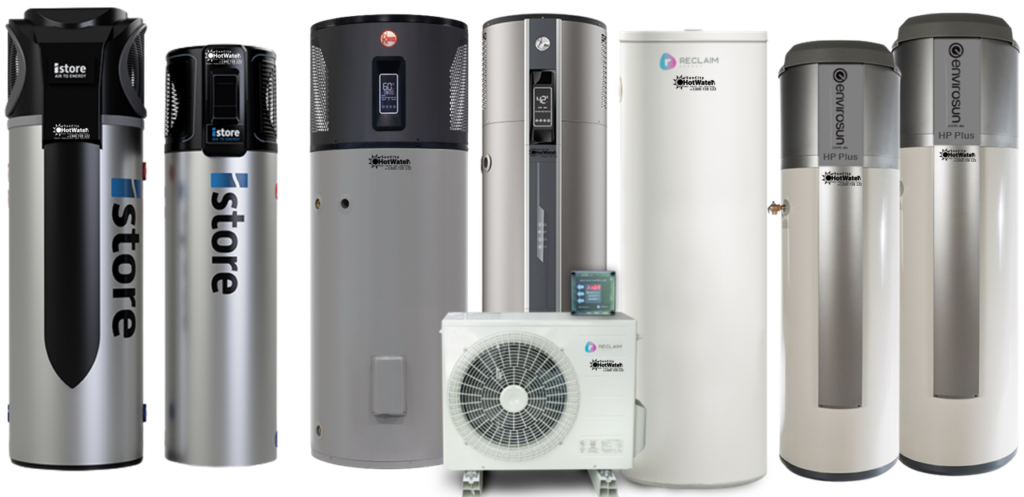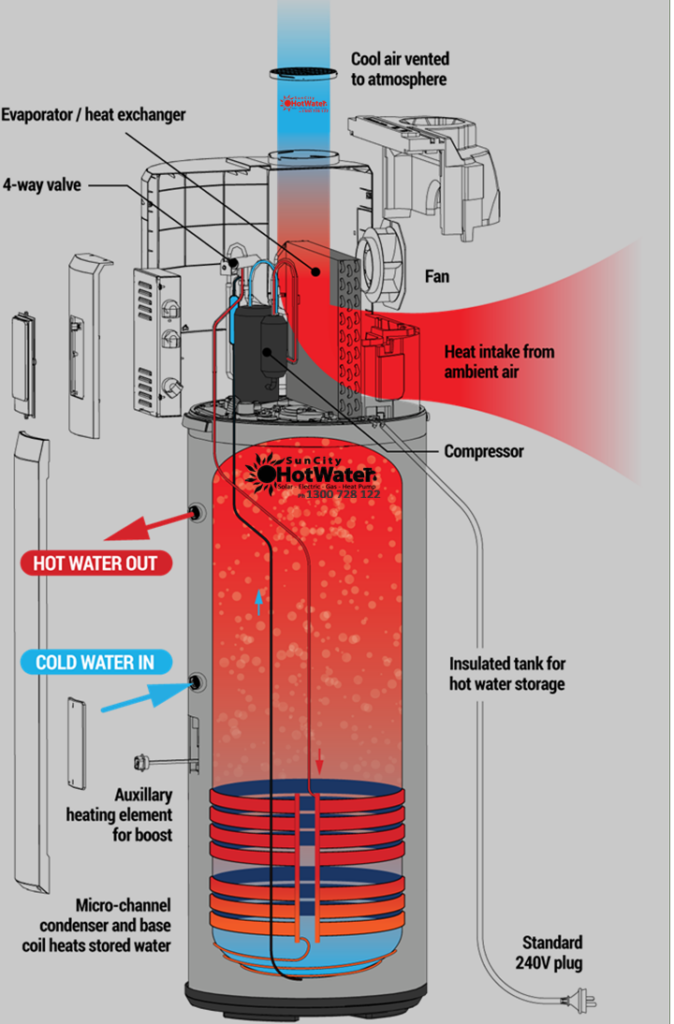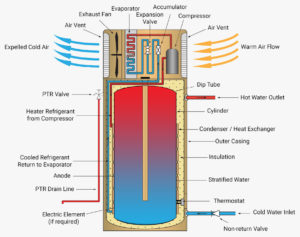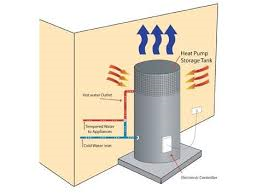Hot Water Maroochydore outlines how heat pump hot water systems operate through a sequence of steps that make them very efficient at heating water.
First, a liquid refrigerant travels into an evaporator where it absorbs warmth from the ambient air and vaporises into a gas.
Next, an electric compressor compresses that gas, increasing its temperature so it becomes hotter than the water stored in the cylinder.
The heated gas then moves into a condenser, giving up its heat to the water and condensing back into a liquid.
That liquid passes through an expansion valve where its pressure drops and it cools down, allowing it to return to the evaporator and repeat the cycle.
Electricity powers the compressor and the fan, but unlike conventional electric hot water systems that heat water directly, a heat pump transfers heat from the air to the water. This method moves considerably more heat energy while consuming much less electricity. Performance varies with outside air temperature; when the air is warmer than the refrigerant, heat transfer is straightforward. In cooler conditions the system is less effective, though many modern models can operate in sub-zero temperatures. In some situations they can be sited indoors in larger ventilated spaces such as garages.
To keep the evaporator absorbing heat continuously, a constant supply of fresh air is needed. An internal fan draws in air and expels the cooler air back outside.
There are two primary heat pump water heater configurations.
Integrated or compact units house the compressor and storage tank together in a single unit.
Split systems separate the tank and compressor—like a split air conditioner—and link them with refrigerant piping.






